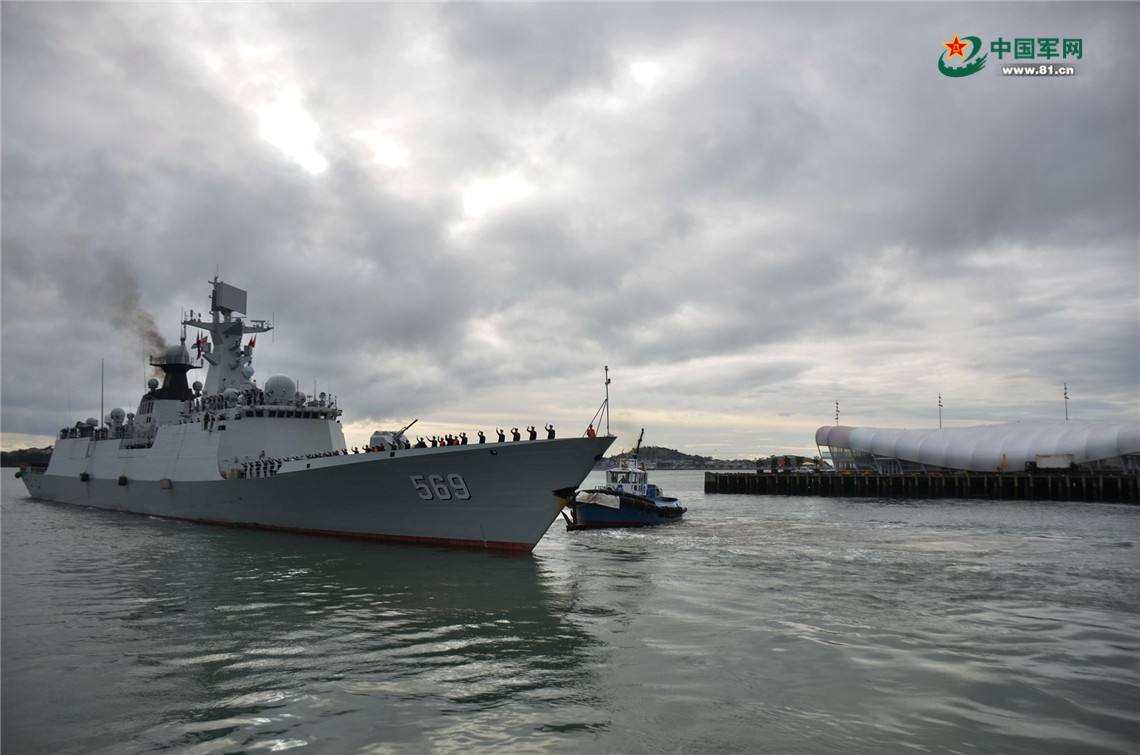In the Battle of the Atlantic Convoy in 1942, Germany sent 12 ships in early January
The Vll-C submarines began their operations in the Gulf of Newfoundland, from January 8 to February 12
During the day, 21 ships were sunk. This was the second "happy hour" of a German submarine
Began, but also their activities in Canadian waters with Admiral Dönitz on the Great West
The Western Ocean launched an offensive against U.S. merchant shipping ["Operation Drumming."
Paukenschlag)]] coincided. Only 5 submarines participated in the initial deployment
they sank 26 ships between January 11 and February 7, 1942
Sail alone, and damage several others. The second wave of 5 Type IX submarines took place on January 21
Operating along the coast of the United States east coast between March and March 6, they sank 19 more ships
At that time, 8 other Type VII submarines near Canada also sank 9, as well as the British Sea
HMS Belmont.
For a time, the U.S. Navy was actively involved in Atlantic escorts
U.S. President Franklin D. Roosevelt and British Prime Minister Winston Churchill in New York on August 10, 1941
After the coastal meeting in Argentia, Finland, the convoy operations became more abundant
Pole. From September 17, the U.S. Navy's Task Foroe4
Began to be responsible for the escort of the Fast Convoy between Newfoundland and Iceland
The slower fleet was handed over to the Canadian Newfoundland Escort Fleet
(Newfoundland Escort Force) is in charge. As for the 22nd degree west longitude line
Beyond the sea, the so-called Mid-Ocean
Meeting Point) was taken over by the Royal Navy. The more Americans are, the more they participate
With escort missions, the more the allied escort forces as a whole were enhanced, and more so
Multi-dispatchable long-range aircraft at sea – and the contribution of the "pole"
It means that since December 1941 they are bound to win the Atlantic War.
In November, the submarine sank only 13 ships, and in December, the Allied Atlantic ships
The loss of the boats, including all accidents, was reduced to 10. Late that month,
Eight submarines were destroyed, 5 of which were escorted by the Gibraltar HG-76
The squadron's warships were sunk. In this escort fleet, the escort of light navigation
The aircraft carrier HMSAudacity was sunk by U-751,
But before that, its Rock Swallow fighter jet also shot down 4 Fw--
Type 200 Condor maritime reconnaissance aircraft.
Escort system
From January to April 1942, ships in the waters off the east coast of the United States were undertaken
The huge losses caused concern to the British Admiralty because of some ships
They are British, and many are the tankers they desperately need. must
It should be noted that the success of Germany during this period was not attributed to their diving
The skill and courage of the fleet of ships, although they do have both, but the Lord
Or because of the strategic mistakes made by the United States. Although British manpower persuaded the United States
The state established an escort system as early as possible, but they did not comply. As a result, the United States
The ships sailed alone, and they were too close to the sea, which was still very bright at night
shores, so they are easy to spot, track and sink. American
A number of reasons were made for not implementing an escort system for the British fleet, including the lack of adequate capacity
The danger of frigates and ships gathering together, but there is also a human element.
Admiral Ernest King, commander-in-chief of the U.S. fleet, believed by the patrol
Offensive tactics will be more effective. Other than that, he didn't appreciate Britain
He believed in the idea of adopting an escort system and a British-style navy controlling merchant ships
This is contrary to personal principles.
It was not until May 1942 that the United States established an escort body in the U.S. East Coast Shipping Lane
The results were immediate: submarines were forced to divert their operational seas to Mexico
The Gulf of Mexico and the Caribbean, and only German submarines there
It will continue to win for the next 3 months or so until the escort system expands
Until the district. At this time, it is almost the moment when the anti-submarine aircraft began to become famous. In Germany
During the "happy hour" of the national submarine off the coast of the United States, the submarine's members were almost one
There is no fear of shore-based aircraft, because the U.S. military does not yet have anti-submarine warfare (ASW)
Experienced squadrons. When Dönitz transferred his submarine unit back to the pair in July 1942
At the time of the North Atlantic Convoy, most of the submarines were in the so-called "air shortage."
Air gap" seas, which run from Newfoundland, Iceland and North Ireland
Lan took off from the aircraft outside the range. The Allies also faced a problem: Germany itself
In February 1942, a new and more complex "Enigma" cipher was introduced.
It was used exclusively for submarines at sea except the Arctic and the Mediterranean, as the Germans called it
Triton, which gave the ciphers of Bletchley Park a headache
For 10 months, the Allies lost control of the submarine's operations.
